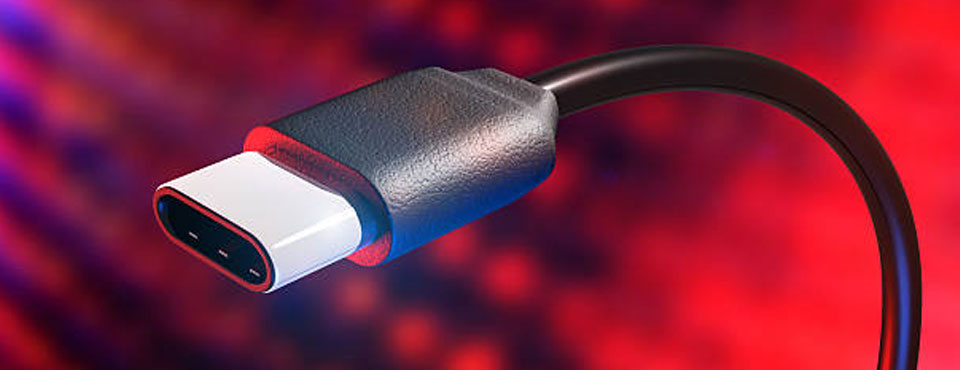Why USB-C is the Future of Connectivity in Smart Homes

The unveiling of USB-C is a groundbreaking development in today’s tech-centric living. This technology is incredibly versatile and continues to reshape how you perceive connectivity. USB-C promises speed and more efficiency in connecting devices and transferring data. In this article, we look at why USB-C might be the future of connectivity in smart homes.
Universal Compatibility and Versatility
USB-C is a universal standard that connects to an array of devices, including laptops, smartphones, and smart home solutions. The universal compatibility nature and broad device support of USB-C leads to reduced number of adapters and cables, simplifying the establishment and control of smart home systems. This technology is also easy to use as it provides a single cable for all the devices.
Enhanced Data Transfer Rates and Display Protocols
USB-C connects with USB 4 to offer unmatchable data transfer rates that hit 40 Gbps. This promotes efficient and speedy communication among smart home systems, minimizing latency and boosting the overall performance.
You also gain support for numerous display protocols, like Thunderbolt 3 and DisplayPort, providing more flexibility for all your multimedia applications. You can benefit from this even if you are using a USB 3.2 and works best for those who multitask with several displays.
Reversible Connector Design
The reversible nature of a USB-C connector makes it possible to plug it in whichever way you want. Unlike USB type-A, which is its predecessor, USB-C has a 24-pin symmetrical design that features double-sided insertion, enhancing user convenience and efficiency. It’s user-friendly design lowers potential damage and frustration to connectors and ports, enhancing the lifespan and durability of your smart home devices.
Innovations in Power Delivery
When it comes to power delivery, USB-C lets you enjoy up to 100 watts of power, which makes it an ideal choice for powering large devices. The fewer chargers and cables needed offers incredible convenience and energy efficiency. USB-C’s high power delivery capability greatly supports smart home systems and appliances that consume more energy.
Unrivaled Video and Audio Capabilities
Another great feature that makes USB-C to stand out is its incredible support for high-definition audio and video transmission. This makes it easy to integrate all your smart home entertainment systems, such as speakers, projectors, and TVs. The integration improves the overall smart home environment and multimedia quality experience.
Increased Speed and Performance
Phenomenal speed is at the heart of USB-C connectivity. This shows that this technology is not just an incremental update but a giant leap forward. Think about how you can transfer a full HD movie in a matter of seconds and USB-C will provide you with an answer.
While its predecessors might have only managed to attain a speed of 20 Gbps, USB-C doubles the capacity to enhance performance for tasks that require massive file transfers, like transferring large datasets or video editing.
Future-Proofing Technology
More smart home system manufacturers are embracing USB-C, which is helping it become the standard for seamless connectivity. By purchasing USB-C-compatible devices, you get to maintain a relevant smart home setup that is compatible with future advancements and upcoming technologies.
USB- C is emerging as a frontrunner and universal standard for connectivity in smart homes. This is due to its versatile interface, reversible design, enhanced performance, and multifunctional capabilities. This technology allows you to set up a smart home that stands the test of time.
